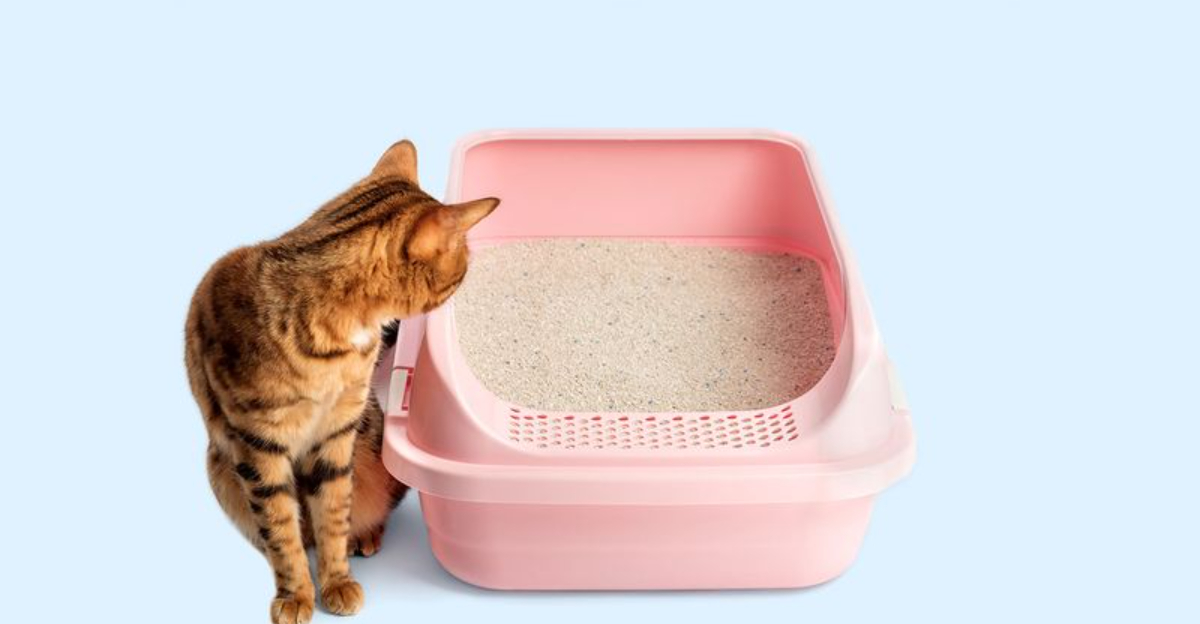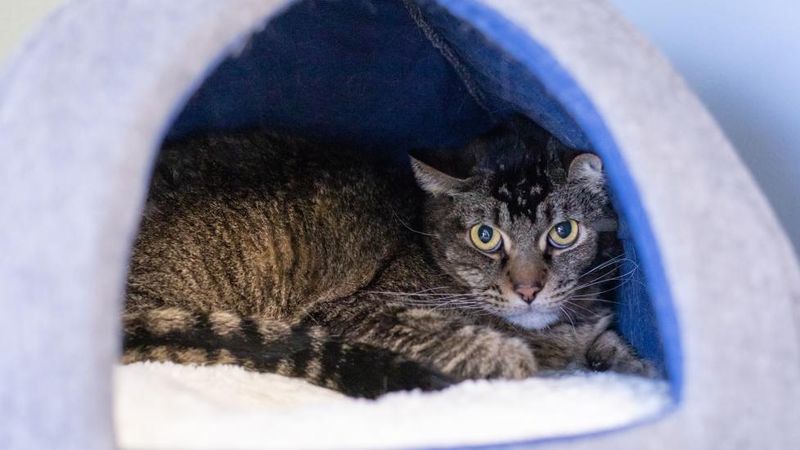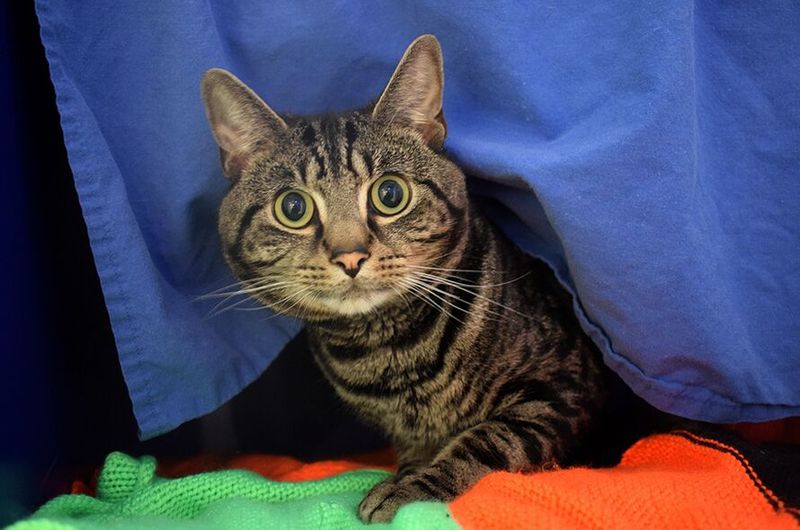📖 Table of Content:
It can be jarring the first time you find a surprise on your floor that clearly didn’t come from your cat’s litter box. As cat owners, we tend to assume our feline friends are fastidious about their bathroom habits—so when that changes, it feels personal, frustrating, and confusing all at once.
While a one-time accident could be a fluke, a sudden shift in bathroom behavior often signals something deeper. Whether it’s a health issue, a behavioral change, or an environmental stressor, inappropriate elimination should never be ignored. The key is recognizing the signs early and understanding what your cat might be trying to tell you without words.
In this article, we’ll walk through 7 red flags that could be behind your cat’s sudden floor-pooping behavior. These aren’t just random possibilities—they’re signals that something in your cat’s world is out of balance, and it’s your job to figure out what that might be.
1. Signs of Digestive Issues
Look closely at what your cat leaves behind—because their poop can say a lot. Runny stools, visible mucus, or traces of blood are red flags that point toward gastrointestinal distress. Conditions like parasites, food intolerances, or infections can cause sudden changes in stool consistency. While diet changes are a common culprit, they’re not always the root cause, especially if the change was gradual or non-existent. Frequent or urgent bowel movements outside the box could also indicate colitis or irritable bowel syndrome. If these symptoms show up more than once, a vet visit is in order. Don’t wait it out—early diagnosis is often key to preventing more serious issues.
2. Change in Litter Box Behavior
An abrupt avoidance of the litter box is one of the first warning signs that something’s off. Cats are creatures of habit, and they generally like consistency when it comes to their bathroom setup. If your cat has suddenly stopped using the litter box, it could be dirty, placed in an uncomfortable spot, or associated with pain from a previous experience. Even small changes like switching litter brands or box types can throw your cat off. Territorial disputes between cats can also lead to one avoiding the box altogether. It’s important to observe whether your cat still attempts to use the box or is ignoring it completely. These clues help determine whether the issue is physical, behavioral, or environmental.
3. Sudden Behavior Changes
Sometimes, your cat’s poop is just a symptom of something much bigger going on emotionally. Behavioral shifts—like increased hiding, aggression, or clinginess—can signal that your cat is under stress or feeling unwell. Big household changes, such as a move, a new baby, or unfamiliar guests, can be overwhelming to sensitive cats. In protest or confusion, they may resort to pooping in visible places as a form of communication. You might also notice changes in their eating or sleeping patterns that coincide with the new behavior. Emotional distress in cats is just as real as in people—it just looks different. Supporting your cat with patience, routine, and reassurance is crucial during these times.
4. Pain or Discomfort While Pooping
Pay close attention to the way your cat behaves before, during, and after pooping. If they seem to strain, vocalize, or quickly flee the scene, pain may be at play. Constipation, impacted anal glands, or arthritis can make pooping uncomfortable or even scary. In these cases, cats may associate the pain with the litter box itself and try to avoid it. Cats with arthritis might also struggle with climbing into high-sided boxes or navigating stairs to reach them. Providing a more accessible litter setup can sometimes resolve the issue entirely. A vet check can help rule out physical problems that aren’t immediately visible.
5. New Surroundings or Household Changes
Not all red flags are health-related—some are hiding in your décor choices. A new couch, a recently moved litter box, or even a different air freshener can throw your cat into a tailspin. Cats thrive on predictability, and when their environment changes without warning, it can manifest in stress behaviors like pooping outside the box. New pets, new people, and loud noises are other common stressors. These seemingly minor shifts can disrupt a cat’s sense of security in their territory. Giving your cat time, space, and a few extra hiding spots can ease the transition. Try to minimize abrupt environmental changes whenever possible.
6. Infrequent or Inaccessible Litter Box
In many cases, the problem isn’t your cat—it’s the litter box setup. You should have at least one litter box per cat, plus one extra, ideally in quiet and separate locations. If your cat has to travel far, climb stairs, or compete for access, they may choose the floor instead. Older or injured cats may struggle with getting to or into their box, especially if it has high sides. Even something as simple as a lid can make it feel cramped or threatening. Reassessing your litter box placements and design can make a huge difference. A well-positioned, accessible box often resolves many issues quickly.
7. Potential Medical Conditions
Underlying medical conditions could be quietly driving your cat’s change in behavior. Diseases like inflammatory bowel disease (IBD), diabetes, hyperthyroidism, and even neurological issues can cause urgency or loss of control. You may not always see other symptoms right away, making the floor poop your first clue. Older cats, in particular, are more prone to these kinds of chronic health problems. Diagnostic testing by a vet is the only way to rule out or confirm these issues. If your cat has more than one accident or any other unusual symptoms, don’t assume it’s behavioral—get medical insight first.







